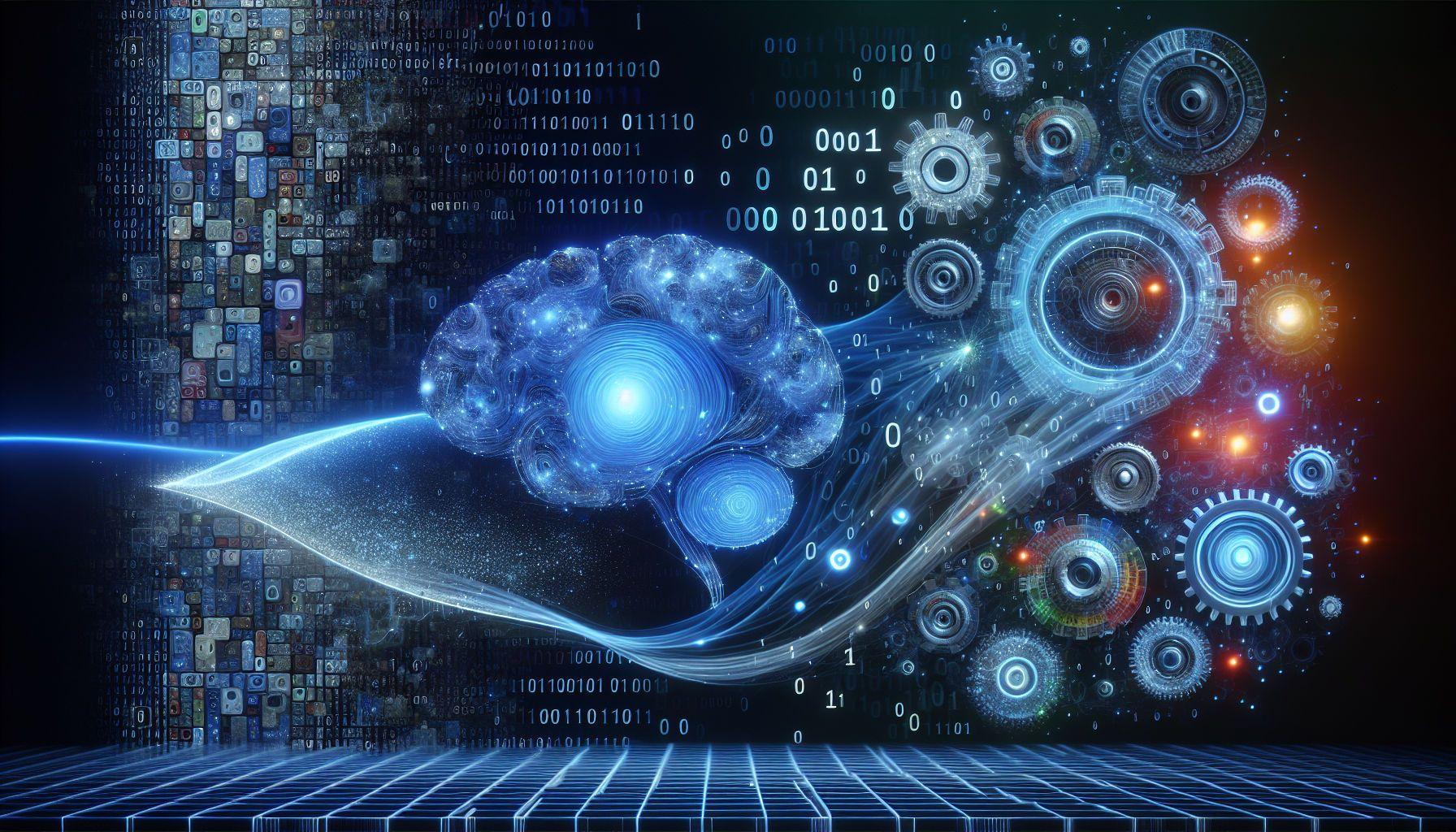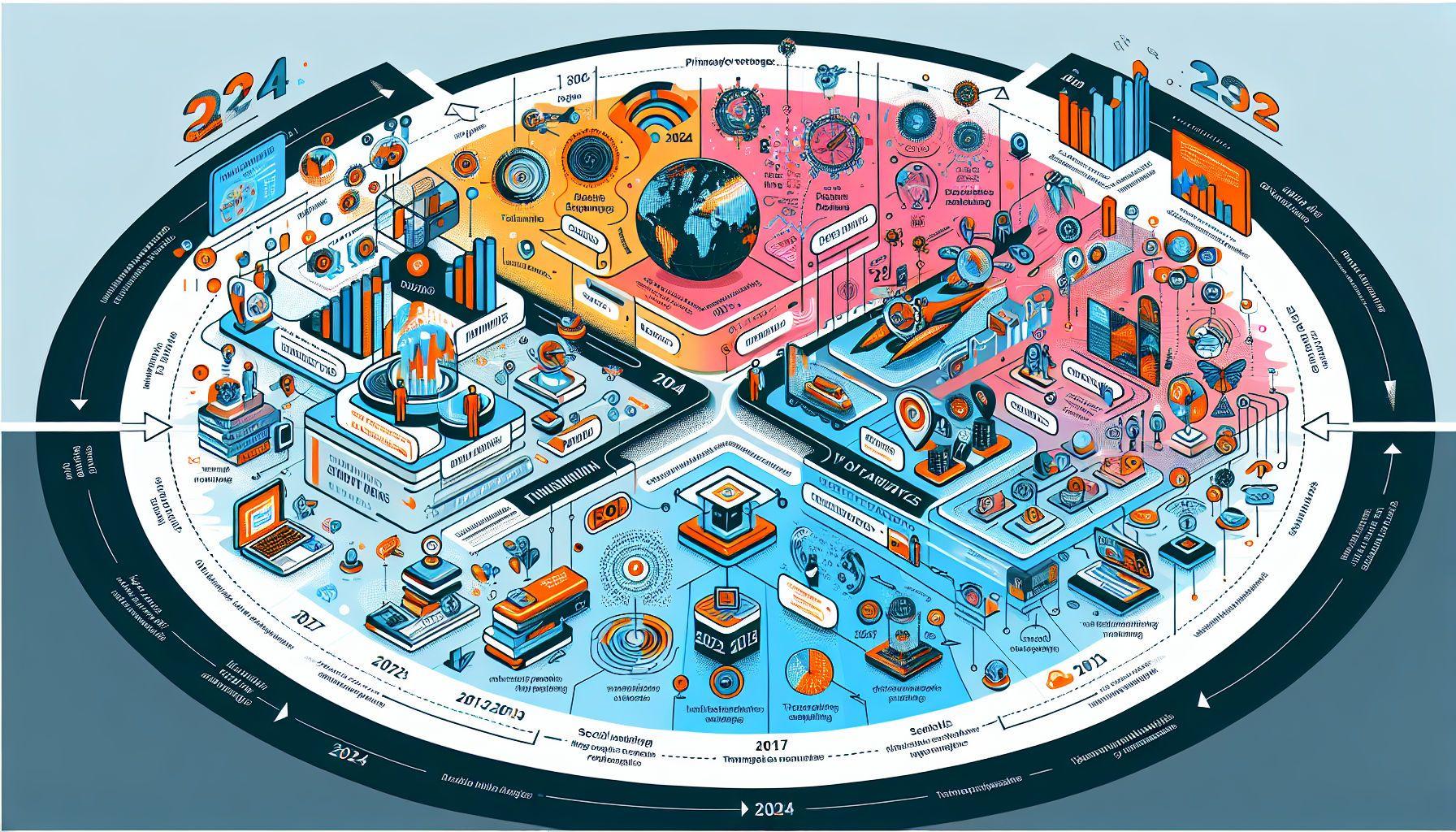Using Machine Learning to Predict Customer Behavior
October 28, 2024
•
7 minutes

Content
Machine Learning for Customer Analysis: Predicting Behavior and Benefits
In today's world, understanding customer needs has become a key factor in the success of any business. With the advancement of technology and the growing volume of data that companies can collect, machine learning (ML) is turning into a powerful tool for analyzing customer behavior.
Machine learning enables businesses to predict how customers will respond to various offers, leading to higher levels of service personalization and increased sales. In this article, we will look at how the use of machine learning methods helps predict customer behavior and what advantages it brings.
How does machine learning work for customer analysis?
Machine learning involves the use of algorithms that study data and make predictions based on identified patterns. Companies can analyze data such as purchase history, website behavior, time spent on pages, click trails, and reviews to create a more detailed customer profile and understand their preferences. Algorithms can identify hidden dependencies and patterns that are not always visible using traditional analysis methods.
Types of algorithms used for customer analysis:
1. Classification: Classification algorithms help divide customers into various groups, such as "new," "loyal," or "high-risk," which aids in developing individualized marketing strategies.
2. Clustering: This method groups customers with similar characteristics and preferences, simplifying targeting and personalization.
3. Regression: Regression algorithms help predict customer behavior, such as the likelihood of future purchases or average spending.
4. Association Analysis: Used to find patterns in customer behavior, such as frequently purchased product combinations, which helps create cross-promotional offers.
5. Decision Trees and Random Forests: These methods help understand which factors influence customer behavior, such as discounts, seasonality, or specific product features.
Benefits of applying machine learning
Using ML in business offers numerous benefits:
1. Personalization of offers: Algorithms can analyze customer preferences and offer tailored solutions such as personalized discounts, product recommendations, or content selection. This helps create an individual approach that increases engagement and customer loyalty.
2. Improved customer experience: Quick and accurate responses to customer requests shape a positive perception of the company. For example, chatbots with machine learning elements can instantly answer customer questions, providing necessary information and guiding them to the right solutions.
3. Marketing optimization: Predicting customer behavior allows for more efficient allocation of advertising campaign budgets. By analyzing users' past actions, algorithms can identify which audience segments are more likely to make a purchase, maximizing resource efficiency.
4. Reducing customer churn: Machine learning helps detect signs of possible customer churn at early stages, allowing for preventive actions. For instance, algorithms can analyze reduced user activity and send them special offers or reminders.
5. Identifying potential customers: ML allows the identification of users who are highly likely to become your customers. This is particularly important in both B2B and B2C segments, where it is crucial to focus efforts on high-potential leads.
6. Pricing optimization: Machine learning can analyze market conditions, customer behavior, and competitive data to suggest optimal prices. This allows for increased profitability and competitiveness.
7. Sentiment analysis: Using natural language processing (NLP), ML can analyze customer reviews, social media posts, and other text data to determine overall sentiment. This helps brands react to perception changes and adapt their strategies.
Examples of machine learning applications in marketing
1. Recommendation systems: Online stores like Amazon actively use ML to analyze purchase history and user preferences to offer personalized recommendations. This increases the likelihood of repeat purchases and raises the average check.
2. Targeted advertising: Facebook and Google use machine learning algorithms to analyze user behavior and provide the most relevant ads. This helps reduce advertising costs and increase conversions.
3. Chatbots and virtual assistants: Companies like Sephora and H\&M use chatbots with ML elements to help customers choose products, answer frequently asked questions, and provide personalized offers in real-time.
4. Loyalty programs: Retailers like Starbucks use machine learning to analyze purchasing behavior and create individual offers within loyalty programs, increasing customer engagement and stimulating repeat purchases.
5. Dynamic pricing: Companies like Uber and Booking.com use machine learning for dynamic pricing based on demand, time of day, competition level, and other factors. This helps optimize revenue and improve demand management.
6. Content optimization: Platforms like Netflix use machine learning to select personalized content, helping retain users and increase time spent on the platform.
Conclusion
Machine learning opens up new opportunities for analyzing customer behavior and creating more personalized interactions. It helps not only predict customer needs but also actively influence their decisions, increasing satisfaction and loyalty. Implementing ML in marketing strategies allows businesses to significantly improve customer experience, optimize costs, and increase revenues. By using modern technologies, companies gain a competitive edge and can deliver a higher level of service. The future of marketing lies in the ability to anticipate and meet customer needs, and machine learning is the key tool for achieving this goal.
Keywords: machine learning, customer analysis, personalization, behavior prediction, customer experience improvement, marketing optimization, churn reduction, targeted advertising, recommendation systems, sentiment analysis, dynamic pricing, loyalty programs.
Recent posts








